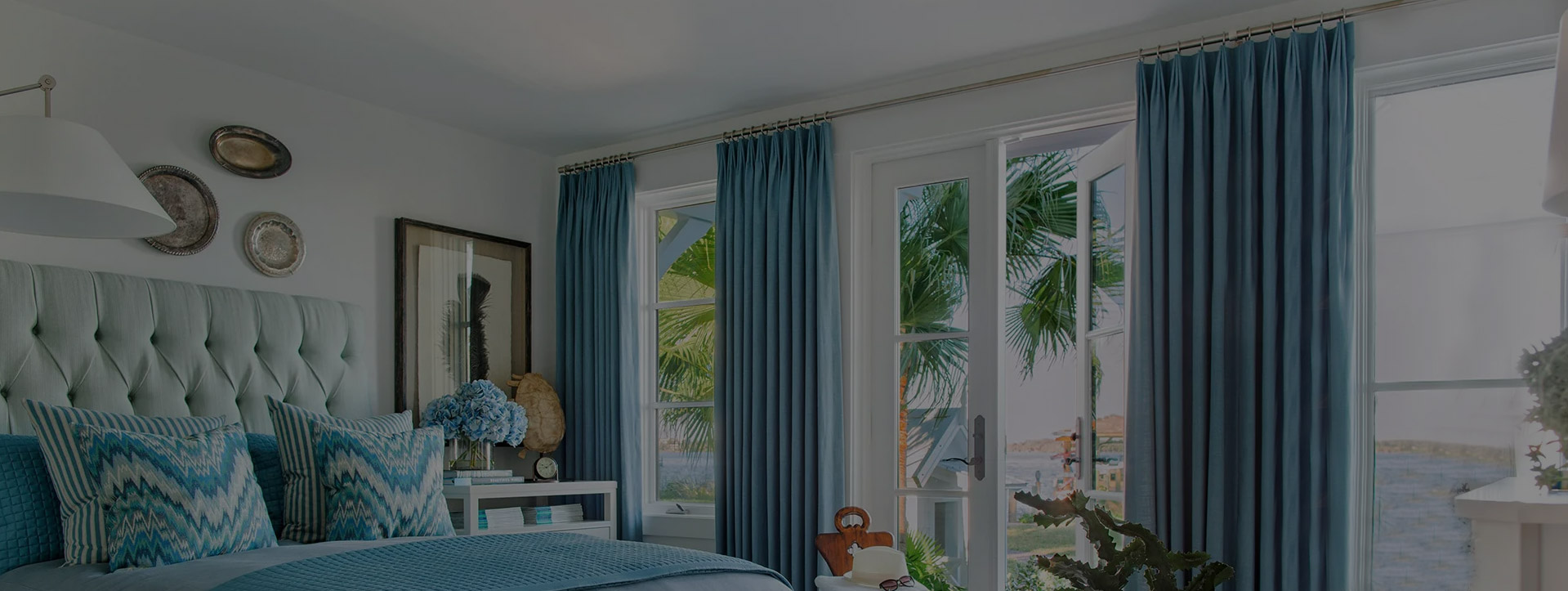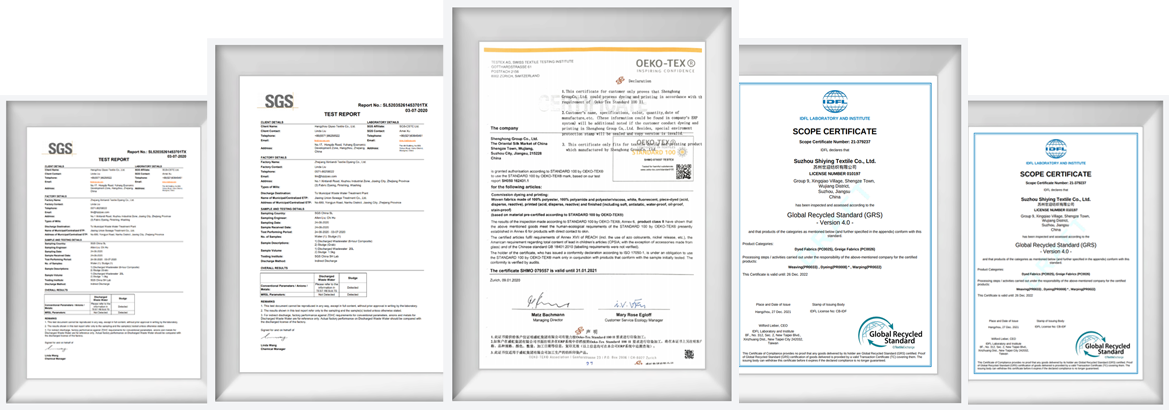Industry knowledge
What are the characteristics of herringbone fabric in terms of texture, appearance, and durability?
Herringbone fabric is known for its distinctive characteristics in terms of texture, appearance, and durability:
Texture:
Weave Pattern: Herringbone fabric features a distinctive V-shaped or zigzag weave pattern that resembles the skeleton of a herring fish, from which it gets its name. This pattern creates a subtle, textured surface that sets it apart from standard weaves.
Appearance:
Elegant and Timeless:
Herringbone curtain fabric has an elegant and timeless appearance that is both classic and versatile. The herringbone pattern adds a touch of sophistication to the fabric.
Diagonal Lines: The V-shaped or chevron pattern of herringbone is characterized by diagonal lines that create a visually appealing and dynamic look.
Durability:
Strength: Herringbone fabric is typically woven in a twill pattern, which provides strength and durability. The diagonal lines help distribute stress more evenly across the fabric, making it more resistant to wear and tear.
Long-Lasting: The durable nature of herringbone fabric contributes to its long-lasting quality, making it suitable for various applications, including clothing, upholstery, and accessories.
Minimal Stretch: Herringbone fabric has minimal stretch, which helps it maintain its shape and structure over time.
Weight and Warmth:
Varied Weights: Herringbone fabric can be found in different weights, from lightweight to heavy. This variety allows it to be used for a range of applications, from lightweight suits to heavy coats.
Warmth: Heavier herringbone fabrics provide warmth and insulation, making them ideal for cold-weather clothing and outerwear.
Breathability:
Moderate Breathability: Depending on the weight and fiber content, herringbone fabric can offer moderate breathability, suitable for a variety of climates and seasons.
Color and Pattern Versatility:
Dyeing and Patterns: Herringbone fabric can be dyed in various colors, and the pattern can be altered to create different visual effects. This versatility allows for a wide range of design possibilities.
Resistance to Wrinkling:
Resistant to Wrinkles: Herringbone fabric is known for its resistance to wrinkles, making it a practical choice for clothing and textiles that need to maintain a neat appearance.
Ease of Care:
Low Maintenance: Herringbone fabric is generally easy to care for, requiring minimal special maintenance beyond standard washing and care instructions.
Are there variations of herringbone fabric in terms of weight or thickness?
Lightweight Herringbone: Lightweight herringbone fabric is suitable for warm-weather clothing, such as lightweight suits, blouses, and dresses. It offers a breathable and comfortable option for spring and summer attire.
Medium-Weight Herringbone: This weight of herringbone fabric is versatile and can be used for a wide range of applications, including year-round clothing, jackets, trousers, skirts, and home textiles like curtains and upholstery.
Heavyweight Herringbone: Heavyweight herringbone fabric provides warmth and insulation, making it ideal for cold-weather clothing and outerwear. It is commonly used for winter coats, overcoats, and heavier garments.
Suiting Weight Herringbone: Herringbone fabrics in suiting weight are often used for tailored suits, blazers, and trousers. They strike a balance between weight and comfort, making them suitable for formal or professional attire.
Upholstery Weight Herringbone: Heavier
herringbone curtain fabrics are used for upholstery, including couches, chairs, and drapery. Their weight and thickness ensure durability and resistance to wear and tear.
Tweed Herringbone: Some herringbone fabrics are made with thicker, coarse yarns to create a tweed-like appearance. These fabrics are often heavier and are used in tweed jackets, coats, and accessories.
Silk Herringbone: Herringbone patterns can be woven into lighter, more delicate fabrics using silk or silk-blend fibers. These are often used in elegant, formal clothing, including ties, scarves, and evening gowns.
Linen Herringbone: Herringbone patterns can be woven into lightweight linen or linen-blend fabrics, suitable for warm-weather clothing and casual attire.

 中文简体
中文简体



